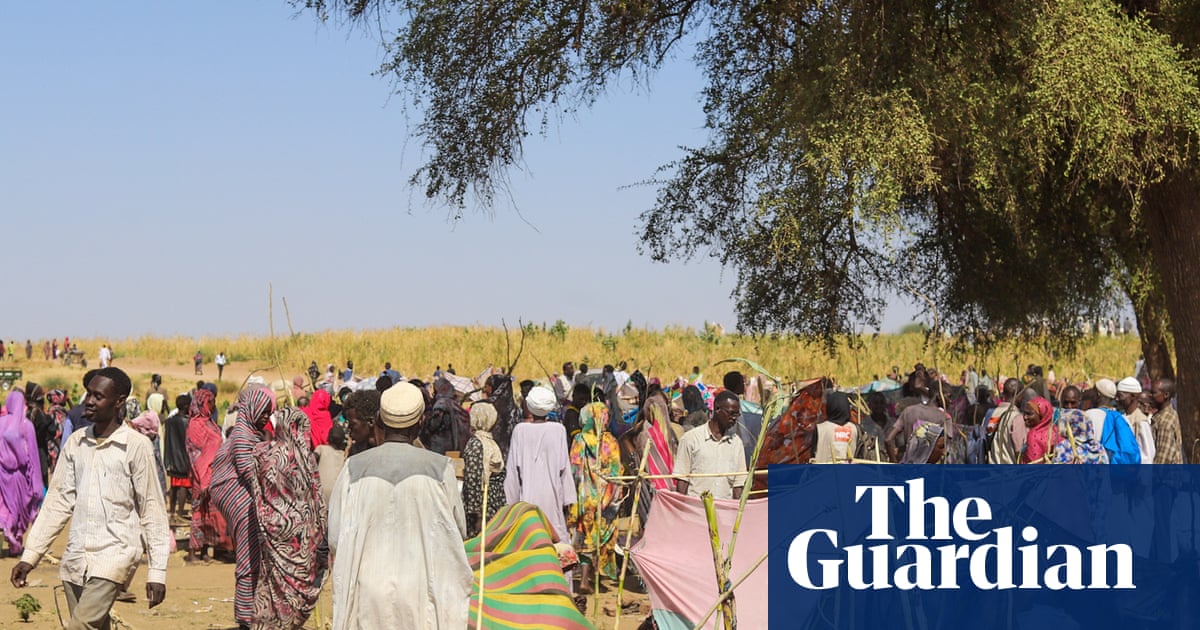“Sparkle” Megan Walerius is a new mom, after revealing the news during the “Love is Blind” Season 9 reunion. Here is what she has said about the child’s father, Paul.
“Sparkle” Megan Walerius has a new twinkle in her eye.
The “Love is Blind” Season…

“Sparkle” Megan Walerius has a new twinkle in her eye.
The “Love is Blind” Season…

Katy Perry’s new romance with former Canadian Prime Minister Justin Trudeau has been making headlines, but a close friend says the pop star thinks the connection goes back far beyond the present day. The pair hung out together in Paris last…

“In the fight with Sergei Pavlovich, I learned that I need to trust myself. I need to be confident in what I have. Show up and show what I’ve got. My chin, my hands, my movement, my defense, everything.”
Delija offers a similar forward-pressure,…

“Very premium, very high-end.” This is how Xbox president Sarah Bond described the next-generation Xbox console currently in development in a recent interview. There is only one way to interpret this statement,…

Diplomats and senior UN figures speaking at the UN security council have condemned mass killings by the Rapid Support Forces in El Fasher after the Sudanese city “descended into an even darker hell” following the paramilitary group’s

I use Apple’s iMessage to send and receive texts on my iPhone. But if I’m already in front of my PC, writing and answering texts is often easier using a keyboard, mouse, and monitor. For this, I turn to a…

The Dow lost steam on Thursday after the blue-chip index neared its highest levels on record.
The index was still up 145 points, or 0.3%, but was previously up more than 300 points and within 26 points of a fresh intraday record.
The S&P 500 was…